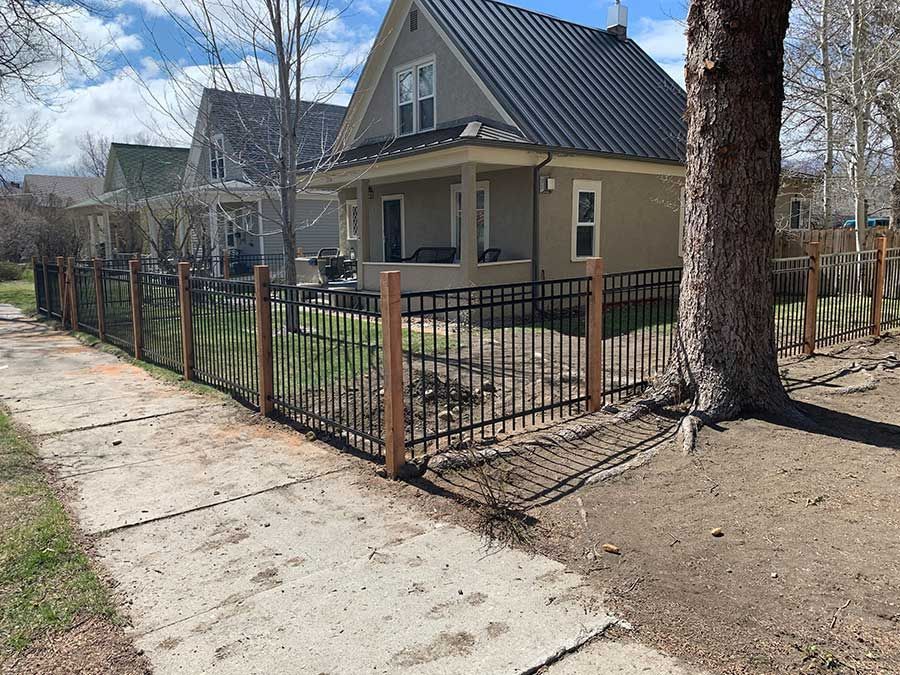Choosing the right fencing for your property can be challenging. Let’s break down the differences between continuous panel fencing and traditional options to help you decide.
Cost and Material Breakdown
The type of materials used in your fencing directly impacts its cost and functionality:
- Continuous Panel Fencing: Typically made of welded steel, this option is designed for durability and longevity. While the initial investment may be higher, the reduced maintenance costs make it a cost-effective solution over time.
- Traditional Fencing: Traditional options such as wood, vinyl, or barbed wire tend to be less expensive initially, but ongoing maintenance can make them pricier in the long run.
Durability and Maintenance Considerations
For weather resistance and overall wear, here’s how each fencing option stacks up:
- Continuous Panel Fencing: Engineered for strength, continuous panel fencing is highly resistant to damage from animals and weather. Maintenance is easy and usually just involves cleaning and occasional rust prevention.
- Traditional Fencing: Prone to weather-related wear, wood fences can rot, while barbed wire and vinyl can break or degrade over time. Regular upkeep is often necessary to maintain functionality and appearance.

Visual Appeal of Fencing Types
How your fence looks can impact your property’s aesthetic:
- Continuous Panel Fencing: Featuring a contemporary and sleek design, continuous panel fencing suits both residential and agricultural settings. It’s customizable with various finishes and additions.
- Traditional Fencing: Wood and vinyl fences evoke a traditional, rustic style, while barbed wire is more utilitarian in appearance.
Best Applications for Each Fencing Type
Each type of fencing is suited to specific needs:
- Continuous Panel Fencing: Best suited for containing livestock, marking property lines, and high-traffic areas where durability is a must.
- Traditional Fencing: A good choice for smaller spaces, decorative uses, or situations where cost is a concern.
Conclusion: Making an Informed Decision
When choosing between continuous panel fencing and traditional fencing, consider your priorities:
- For long-term durability and low maintenance, continuous panel fencing stands out as the best option for durability and minimal upkeep.
- For a more budget-friendly or decorative option, traditional fencing may offer a more affordable and visually appealing alternative.
Assess your needs, budget, and aesthetic preferences to make the best decision for your property.